Kenya Culture - People of Kenya and their Culture in Africa
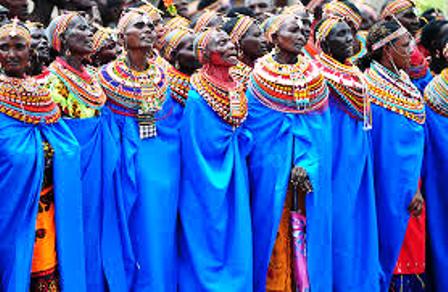
Kenya has no one culture that identifies it. With such diverse regional peoples such as the Swahili along the coast, several pastoralist communities mainly in the North and the different communities in Central and Western regions, having a mutually acceptable cultural identification is difficult.
The idea behind cultural tourism in Kenya is to give tourists and local communities an opportunity to interact, with particular emphasis on giving the tourists brief but valuable insights into life-styles of some of Kenya 's fascinating people, without too much negative impact.
And at the same time to provide the communities themselves with a share of the monetary and material benefits that tourism brings.
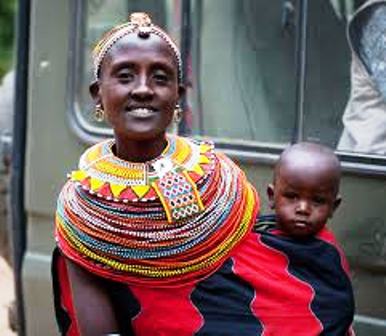
When properly conducted and managed it allows local people such as the Masai, Kikuyu, Samburu, Turkana, Giriama and others to show tourists something of their ways of life, including their homes, areas of work such as agriculture, farming, pastoralism, hunter-gathering and fishing.
Disregarding the cultural norms and customs of the Kenya is extremely offensive to the local people. Your waiter, taxi driver, tour guide, and the local people will be greatly appreciative of you making the extra effort to understand their culture and demonstrating this.
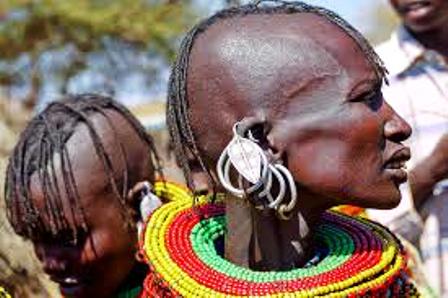
Even if you think you have already read about the culture, make the extra effort and learn about a certain cultural tradition that they have to make your experience that much better, and gain a deeper understanding of the local people and customs.
Mistakes to Avoid in Kenya
There are plenty of dos and don'ts that people should know about before taking their excursions across Kenya. Simply being respectful to the local people and showing that you want to learn about their culture and day to day way of life will go a long way in enhancing your cultural experience.
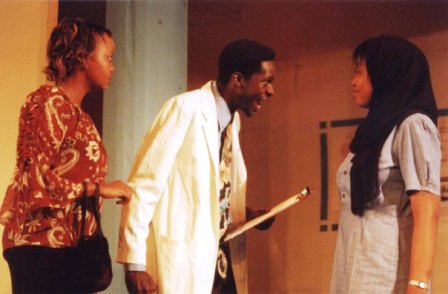
Kenya Respect
Although Kenya is predominantly Christian and somewhat liberal, there are areas with major Muslim influence, such at the Coastal regions, where it is considered indecent to wear short dresses. This is true in rural Christian areas as well.MORE>>
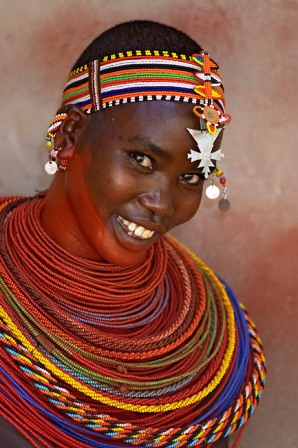
Kenya National Dress Code - Dressing in Kenya
Kenya is yet to have a national dress that cuts across its diverse ethnic divide.With each of the more than 42 ethnic communities in Kenya having its own traditional practices and symbols that make it unique, this is a task that has proved elusive in the past.MORE>>
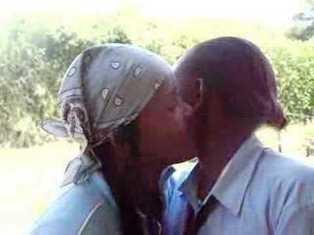
Kenya Greetings and How to Greet in a Kenya Style
Men greeting Men – A handshake (sometimes multiple hand clasps in sequence) is the most common form of greeting. Often the hands remain clasped for a few minutes while speaking. Depending on their familiarity, men may greet other men with a handshake or a handshake with a hugMORE>>
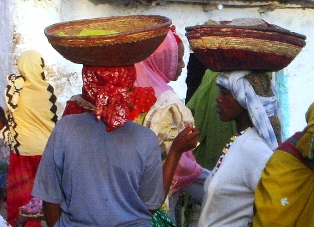
Traditional Kenya Gender Issues
Kenya gender issues still favours men to women.Although there is much change compared to other nations in Africa, much is still needed to grade Kenya gender inequalities. More at this site,MORE>>
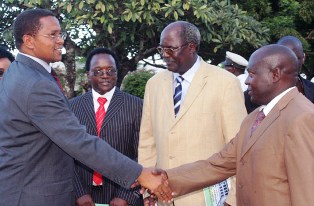
Traditional and Cultural Kenya Gestures
Many people are misinformed about Traditional Kenya gestures, This page has some information and interpretation about Kenya Cultural gestures you shouldn't miss to know.
Kenyans don’t usually point with a finger but might jut their chin or point their lips at something to indicate the direction.MORE>>
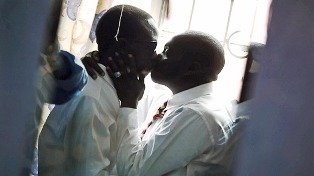
Kenya Taboos and their Meanings
Losing ones temper and shouting is considered highly rude. Most disputes are resolved by using humour, or they might simmer under the surface for long periods without confrontation. It’s best to remain polite and smiling, even if frustrated.MORE>>
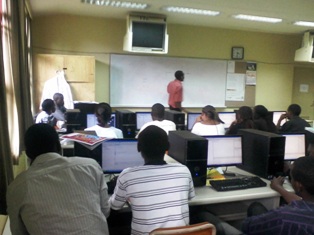
Kenyan Student Rules and Regulations
When it comes to dress, jeans and t-shirts are acceptable for both sexes. It would be unacceptable to wear revealing clothes or turn up without shoes. Shorts are rarely worn by Kenyans.MORE>>
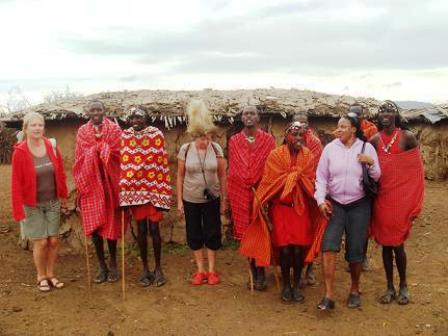
Kenya Language
Although the official languages are Swahili and English, there are actually a total of 62 languages spoken in the country.
These mainly consist of tribal African languages as well as a minority of Middle-Eastern and Asian languages spoken by descendants of foreign settlers (i.e. Arabic, Hindi, etc).MORE>>
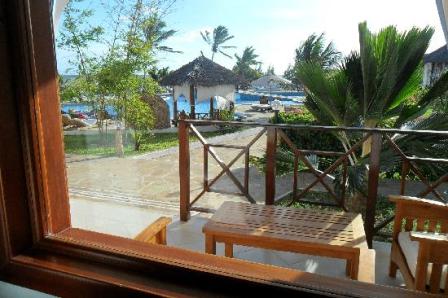
Kenya Literature - Kenya Culture and Literature
Oral folklore and legend in pre-colonial Kenya was of paramount importance as the only form of storytelling or history (with the exception of the coast). Most tribal groups had their own particular folklore and mythologies.
Many of these are creation stories and accounts of early ancestors. Fables and folk stories were also common, often comical or dramatic tales about animals with a moral in the tale.MORE>>
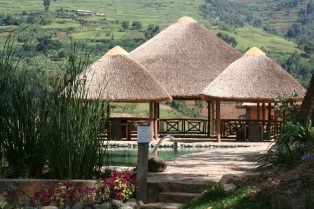
Kenya Modern Culture
Despite the many and varied influences that have shaped Kenyan society, the culture in Kenya has become truly and purely Kenyan. If any one thing of Kenya speaks of this unique character, it is the modern melding of traditional societies and culture.MORE>>
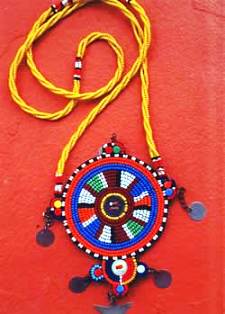
Kenya Art - Art And Crafts Of Kenya
Kenya’s culture exemplifies the art of adornment and decoration, and history shows that this has been a long and influential tradition. Throughout the country, there are many examples of rock art and cave painting by early man, and of similar designs and motifs carried through recent centuries.MORE>>
Outline of Kenya Ethnic Tribes and their Traditional Life
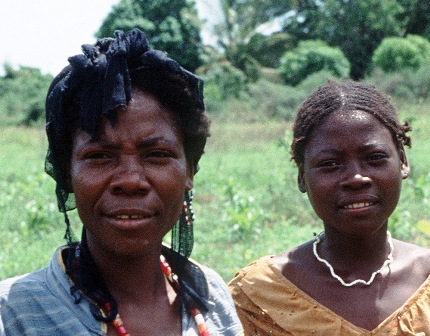
Bantu People of Kenya
Today the Bantu of Kenya are in the majority - around 60 percent. The Kikuyu (sometimes called Gikuyu), with their close kin the Embu and the Meru, are the most numerous totaling to approximately six and a half million out of Kenya's total population of about 31.5 million.MORE>>
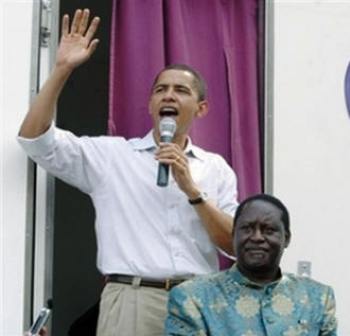
Luo People of Kenya
Along with the Luhya, the Luo are the second largest ethnic group in the country, behind the Gikuyu. Most Luo live in western Kenya in Western province or in the adjacent Nyanza province, two of the eight provinces in Kenya. Some Luo live to the south of Kenya in TanzaniaMORE>>
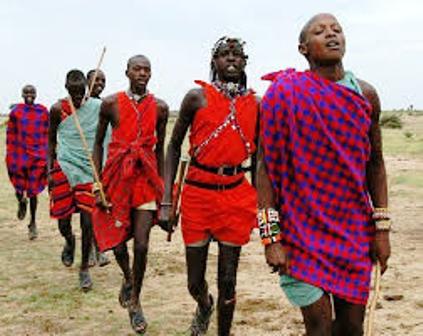
Masai People of Kenya and their Culture
They are among the best known of African ethnic groups, due to their residence near the many game parks of East Africa, and their distinctive customs and dress. They speak Maa (ɔl Maa), a member of the Nilo-Saharan language family those is related to Dinka andNuer, and are also educated in the official languages of Kenya and Tanzania: Swahili and English.MORE>>
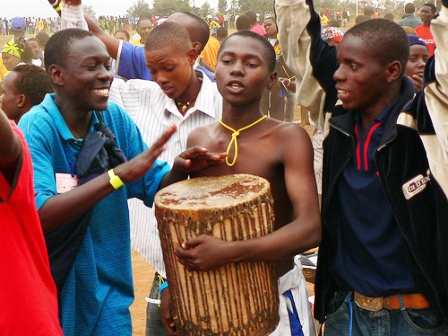
Akamba people of Kenya
Although they began as hunters who kept some livestock and cultivated the land a little, the higher rainfall and fertile soil of the Mbooni region allowed them to settle down and become agriculturally oriented. They went on to colonize the whole area MORE
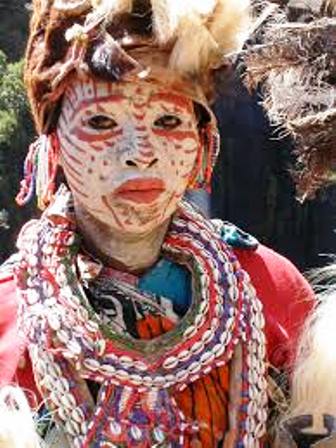
Kikuyu people of Kenya and their Culture
The Kikuyu’s are know for their tactics and quick means of making money and are said to have the highest number of richest people in Kenya compared to other tribes in Kenya.MORE>>
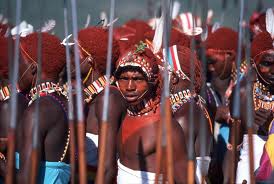
Oropom people and their Culture in Uganda and Kenya
Their descendants have largely been assimilated into the more recently arrived Iteso and Karamojong groups. They are or were found in scattered pockets between the Turkwel River, Chemorongit Mountains and Mt. Elgon. One report indicates that they formerly spoke the unclassified MORE>>

Samburu people of Kenya and their Culture
The Samburu are related to the Masai although they live just above the equator where the foothills of Mount Kenya merge into the northern desert.They are semi-nomadic pastoralists whose lives revolve around their cows, sheep, goats, and camels.MORE>>
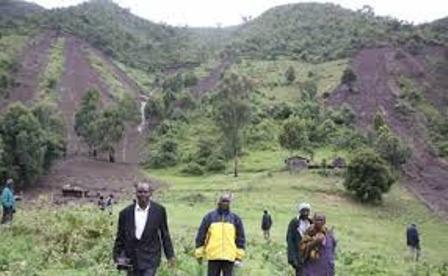
Elgeyo people and their Culture in Kenya
The Elgeyo moved away from the eastern grazing lands of the Great Rift Valley during the expansion of the Maasai tribe. The loss of much of their grazing lands forced them to reduce their herds and rely more on agriculture.MORE
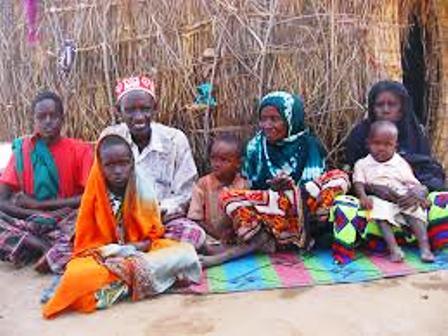
Orma People and their Culture in Kenya
The Orma are semi-nomadic people, some well known from their tall, slender physiques and handsome features, who live in the southeastern parts of Kenya in Tana River and Lamu districts.MORE>>
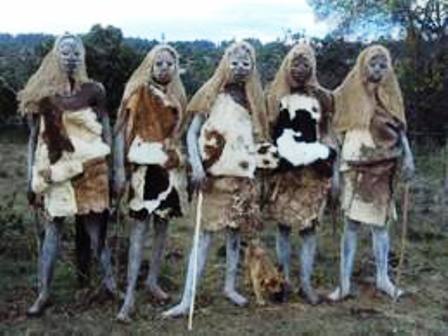
Nandi people and their Culture in Kenya
They inhabit mainly Kenya, parts of Uganda and Eastern Zaire. In Kenya, the Nandi live in the highland areas of the Nandi Hillsin Rift Valley Province who speak the Nandi languages. They are a sub-group of the Kalenjin people. The Nandi live in Nandi County, Uasin-Gishu County, Trans-Nzoia County, Nakuru County and parts of Narok County.MORE>>
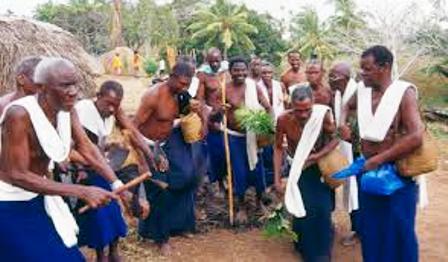
Mijikenda People and their Culture in Kenya
The group known as the Mijikenda is made up of nine closely related but distinct peoples—the Kauma, Chonyi, Jibana, Giriama, Kamabe, Ribe, Rabai, Duruma, and Digo—who live along the coast of Kenya and share a common linguistic and cultural heritage.MORE>>
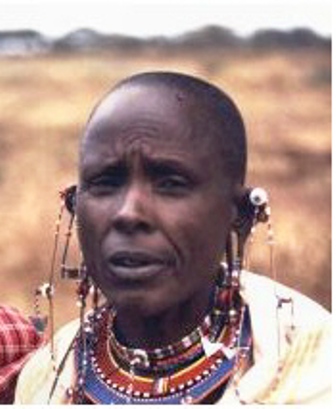
Okiek People and their Culture in Kenya
The Okiek Ogiek sometimes called the Ogiek or Akiek (although the term Akiek sometimes refers to a distinct subgroup), are an ethnic and linguistic group based in Northwestern Tanzania, Southern Kenya (in the Mau Forest), and Western Kenya (in the Mount Elgon Forest).MORE>>
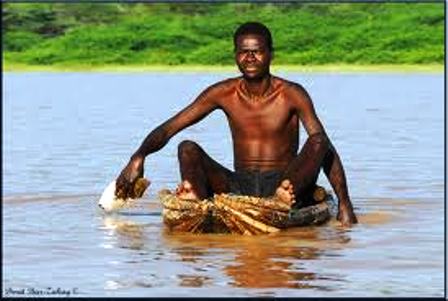
Njemps People and their Culture in Kenya
The Ilchamus (sometimes spelled Ilchamus or Iltiamus, also known as Njemps), are a Maa people living south and southeast of Lake Baringo, Kenya. They number about 35,000 and are closely related to the Samburu living more to the north-east in the Rift Valley Province.MORE>>
Kipsigis people and their Culture in Kenya
The Kipsigis are a Nilotic ethnic group inhabiting Kenya. They speak Kipsigis as a mother tongue, which belongs to the Nilo-Saharan language family. Traditionally, they practiced herding but are presently known for cultivating "green gold" tea.MORE>>
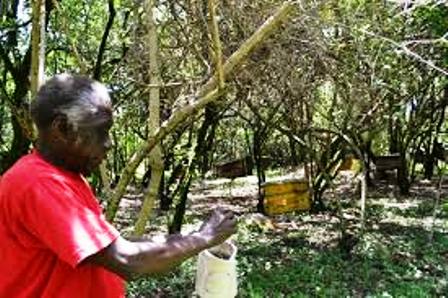
Kuria People and their Culture in Kenya
The Kuria are an ethnic and linguistic group resident in the Tarime,Musoma,Bunda and Serengeti districts of the Mara region in Northern Tanzania , and the west and east districts of Nyanza Province in southwest Kenya.MORE>>
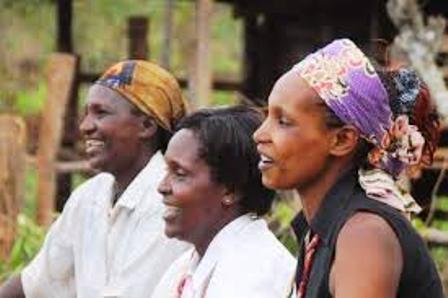
Meru people and their Culture in Kenya
The Meru are a community living on the fertile agricultural north and eastern slope of Mount Kenya, in the former Eastern Province of Kenya. The name "Meru" refers to both the people and the location, as for many years there was only one geo-political district for the Meru people which originated from the colonial land unit.MORE>>
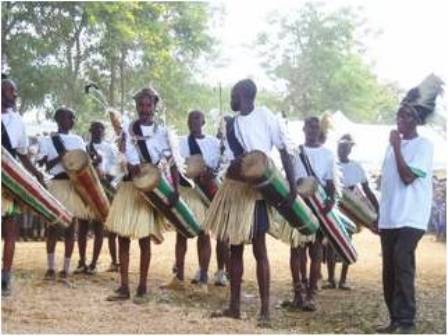
Mbeere People and their Culture in Kenya
They speak Kimbeere language, which is a dialect very similar to the one spoken by their neighbours and cousins, the Embu people.MORE>>
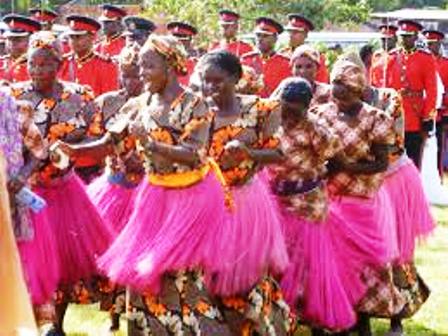
Luhya People and their Culture in Kenya Kenya
The Luhya (also Luyia, Luhia, Abaluhya) are the second largest ethnic group in Kenya, numbering about 5.3 million people. The Luhya are made up of about 16 sub-ethnic groups in Kenya, the most dominant groups being the: Bukhusu, Maragoli, Wanga, Ava-Nyore (who ruled the Bunyoro Kingdom in present day Uganda), Marama, Idakho, Khisa, Isukha, Tsotso, Tiriki, Khabras, Ava-Nyala, Tachoni, Khayo, Marachi and Samia. One sub-ethnic group is in northern Tanzania and four are in Uganda.MORE>>
Kalenjin people and their Culture in Kenya
The Kalenjin are a Nilotic ethnic group inhabiting the Rift Valley Province in Kenya. They are estimated to number a little over 4.9 million individuals as per the Kenyan 2009 census numbers.MORE>>
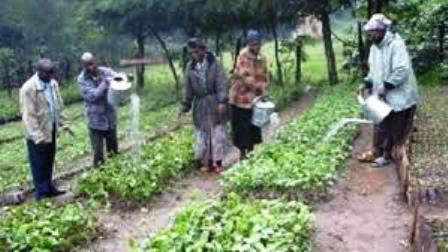
Kabras people and their Culture in Kenya
The Kabras, or Kabarasi, are a tribe of Kenya. They are a Bantu-related group. They raise and keep livestock as well as farming maize, sugar cane and other cropsMORE>>
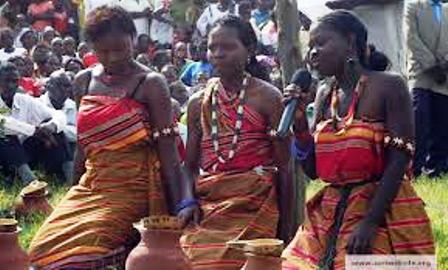
Iteso People and their Culture in Kenya
Iteso traditions relate that they originated somewhere in what is now Sudan and moved south over a period of centuries. It is not possible to calculate the time of this movement. A body of Iteso is said to have separated from the Karamojong and moved further south.MORE>>
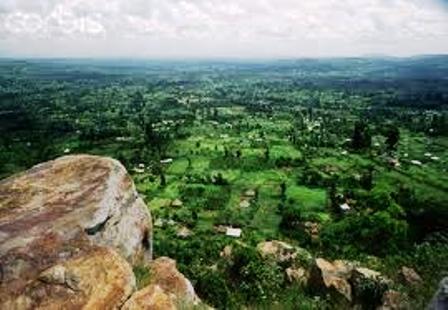
Gusii People / Kisii and their Culture in Kenya
Modernly known as the kisii people are Bantu together with the Kamba, Meru and Kikuyu. They speak the language of Kisii or as commonly known as ekegusii among the native speakersMORE>>
Giriama people and their Culture in Kenya
The Giriama (also called Giryama) are one of the nine ethnic groups that make up the Mijikenda (which literally translates to "nine towns"). The Mijikenda occupy the coastal strip extending from Lamu in the north to the Kenya/Tanzania border in the south, and approximately 30 km inland. The Giriama are among the largest of these ethnic groups.MORE>>
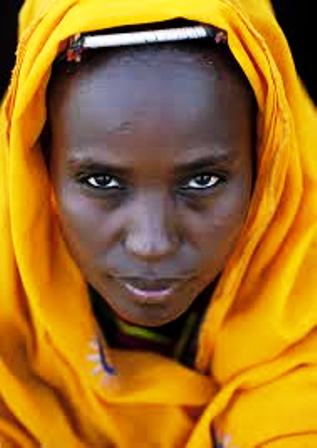
Gabbra People and their Culture in Kenya
The Gabbra live in the Chalbi desert of northern Kenya, between Lake Turkana and Moyale and Marsabit, extending into the Bula Dera plain east of the Moyale-Marsabit road, and the Mega escarpment in southern Ethiopia. They share portions of this area with the Borana, Rendille, Samburu, Daasanech and Turkana. They still roam with their herds across the border.MORE>>
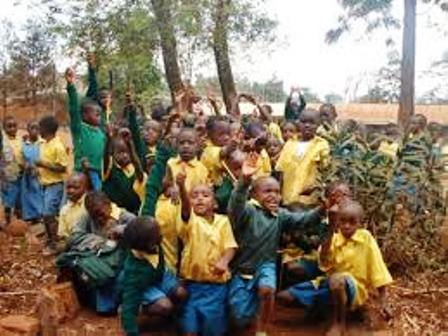
Embu People and their Culture in Kenya
The Embu are a Bantu people inhabiting the Embu District of Kenya. They speak the Bantu Embu language as a mother tongue. To the south of Embu are to be found their cousins, the Mbeere people, in Mbeere District.MORE>>
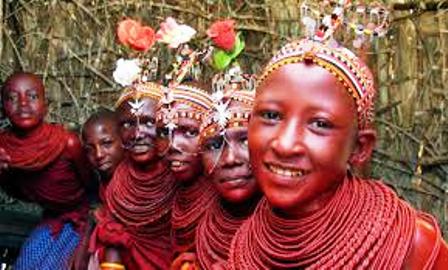
El molo People and their Culture in Kenya
The little known El molo tribe is the smallest tribe in Kenya. El molo people live in small villages on the southeastern shore of lake Turkana . El molo's total population is about 4000 people but pure Elmolo people are very few.MORE>>
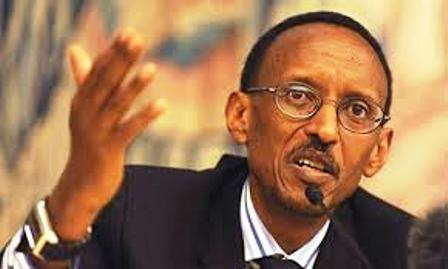
Tutsi People in Africa
The Tutsi are a people who live in Rwanda, Burundi, and the northeastern part of the Democratic Republic of Congo. They have much in common with the other groups of this region, the Twa and the Hutu. Their cultures are similar, and they all speak the same language.MORE>>
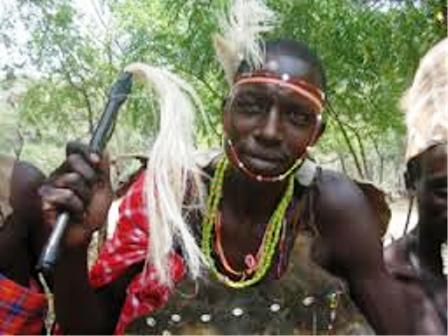
Tugen people and their Culture in Kenya
The Tugen are a branch of the Kalenjin community and they occupy the districts of Baringo and Koibatek in Rift Valley, Kenya. Daniel arap Moi, the second president of Kenya (1978–2002) was from the Tugen branch. The Tugen people speak the Tugen language.MORE>>
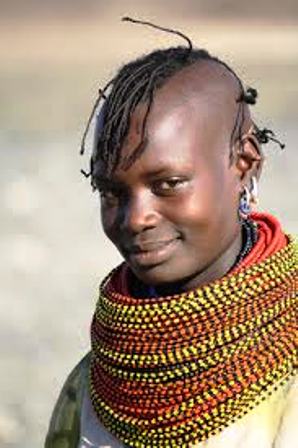
Turkana people of Kenya and their Culture
The Turkana are the second largest group of nomadic pastoralists in Kenya who live in nothern Kenya - numbering over 200,000 they occupy a rectangular area bordered by Lake Turkana in northern Kenya and Ethiopia on the east, Uganda on the west, Sudan on the north.MORE>>
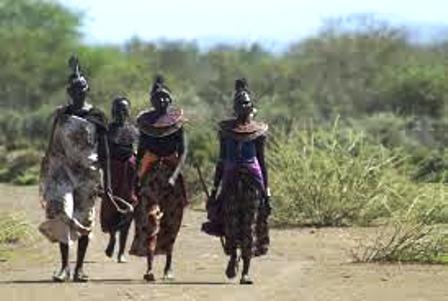
Terik people and their Culture in Kenya
They live wedged in between the Nandi, Luo and Luhya (Luyia) peoples. Among the Luo they are known as nyangóóri, but to the Terik, this is a derogatory term.The Terik call themselves Terikeek; in their usage, 'Terik' refers to their language, land, and culture.MORE>>
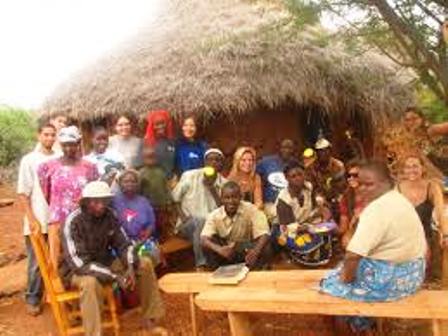
Taveta People and their Culture in Kenya
The Taveta tribe is one of the Bantu ethnicities in south central Kenya in East Africa Taveta district. The people are sometimes referred to as the Wataveta, which is the plural name of the people in their own language, Kitaveta.MORE>>
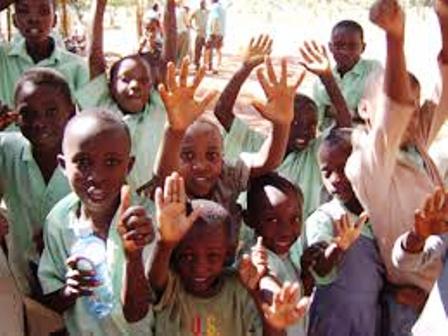
Taita People and their Culture in Kenya
The Taita tribe (also called Wataita) is a Kenyan tribe that is located in the Taita-Taveta District. They speak Taita which belongs to the Bantu languages. The West-Bantu moved to the area of the Taita-Taveta district first approximately in 1000-1300 AD.MORE>>
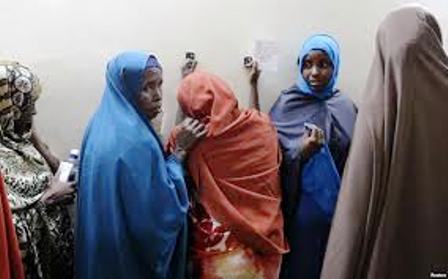
Somali People and their Culture in Kenya
They are believed to have their origin in the Ogaden region in Southern Ethiopia. Their population is about 500,000 people leaving in north eastern of Kenya.MORE>>
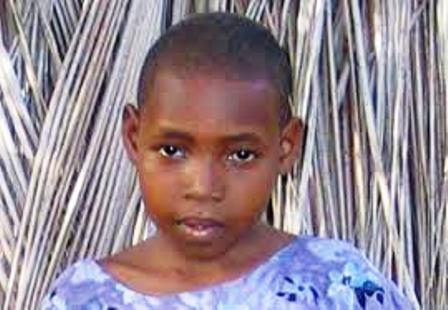
Segeju People and their Culture in Kenya
The Segeju of Kenya are the remnants of a once numerous, warlike group of herdsmen. They live in the Kwale district of southern Kenya, mainly in the villages of Kidimu and Simoni. They are struggling to maintain their identity among the more dynamic people groups that surround themMORE>>
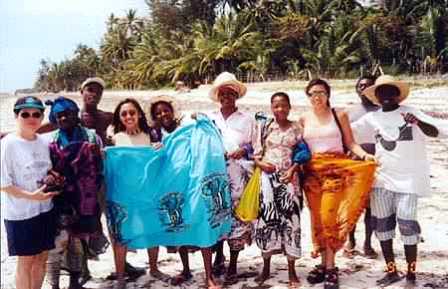
Swahili people of Kenya
For at least a thousand years, Swahili people, who call themselves Waswahili, have occupied a narrow strip of coastal land extending from the north coast of Kenya to Dar es Salaam (the capital of Tanzania). They also occupy several nearby Indian Ocean islands, including Zanzibar, Lamu, and Pate.MORE>>
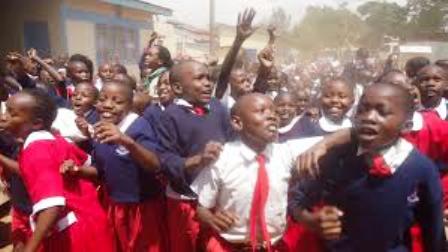
Isukha People and their Culture in Kenya
The Isukha, also known as the Abiisukha reside Kakamega among other sub tribes, they are neighbours to the Idakho and the Tiriki. They hold the Crying stone of Ilesi with esteem because it is here where they used to conduct sacrifices to their ancestors in times of trouble. Isukha people speak a language called Isukha. Elders differ on where Isukha people originated.MORE>>
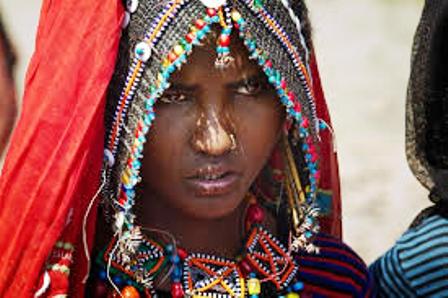
Rendile People and their Culture in Kenya
The Rendille are a Cushitic tribe that inhabits the climatically harsh region between Marsabit hills and Lake Turkana in Northern Kenya where they neighbor the Borana, Gabbra, Samburu and Turkana tribes.MORE>>
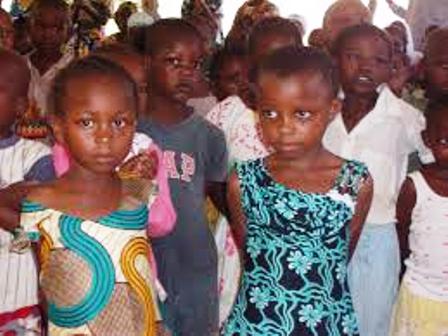
Duruma People and their Culture in Kenya
The Duruma are a people of about 183,000 just inland from the Indian Ocean coast of Kenya along the Nairobi-Mombasa highway south to the Tanzania border.MORE>>
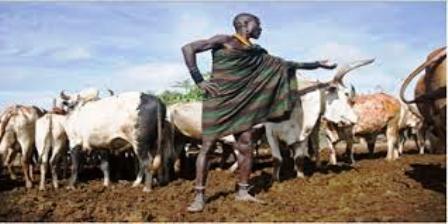
Pokot people and their Culture in Kenya
The Pokot people (commonly spelled Pökoot, live in the West Pokot District and Baringo District of Kenya and in Pokot District of eastern Karamoja region in Uganda.MORE>>
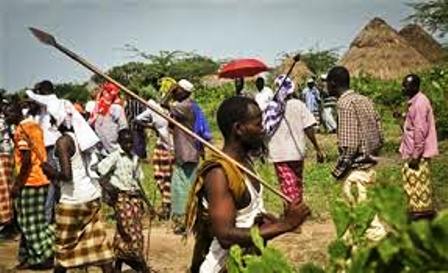
Pokomo People and their Culture in Kenya
The Pokomo are an ethnic group of Kenya, from the Bantu language group. They are predominantly agriculturalists and fresh water fishermen living along the Tana River in the Tana River District. They speak Pokomo language.MORE>>
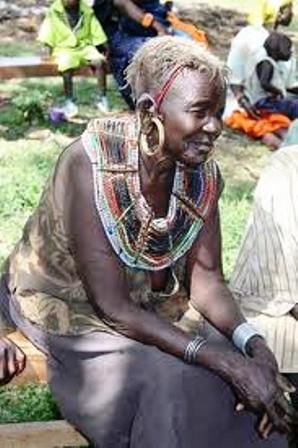
Marakwet people and their Culture in Kenya
t is a tribe of the Kalenjin people, with an estimated population of 200 000. It is made of the clans Almoo, Cherangany (Sengwer or Kimaala), Endoow, Markweta (the dialect giving rise to the common name), Sombirir (Borokot) and Kiptaani who presently predominantly live in Marakwet District in the North Rift Valley Province of Kenya
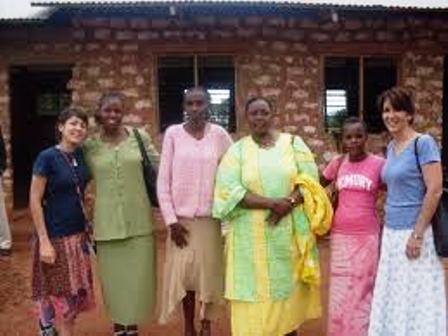
Digo people and Their Culture in Kenya
The Digo people are a Muslim tribe living in northern Tanzania and southern Kenya. More than 100,000 Digo are concentrated on the northern coastal strip of Tanzania from the town of Tanga to the border of Kenya.MORE>>

Chonyi people and their Culture in Kenya
The Chonyi, also referred to as Achonyi(A person from this tribe may also be referred to as an Mchonyi), are one of the smaller tribes of the Mijikenda on the coast of Kenya.MORE>>
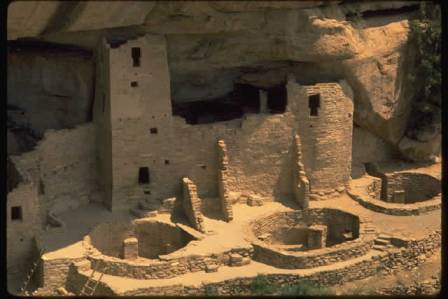
Dahalo People and their Culture in Kenya
Dahalo is an endangered South Cushitic language spoken by at most 400 Dahalo people on the coast of Kenya, near the mouth of the Tana River.MORE>>
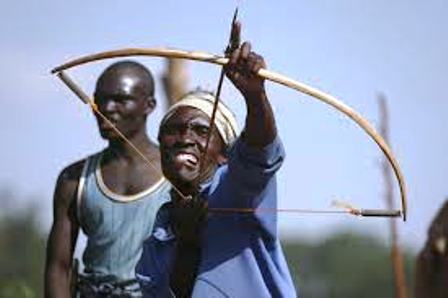
Arror people and their Culture in Kenya
The Arrors people are the inhabitants of the Tugen Hills stretching from the western shores of Lake Baringo on the East to the foot of the Keiyo escarpment along the Kerio Valley to the west, north of Baringo District, Rift Valley Province, Kenya.MORE>>
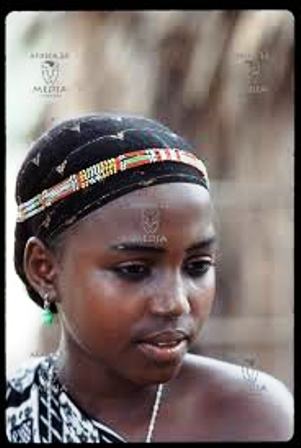
Boni People (Awer) and their Culture in Kenya
The Awer people live in Lamu and Ijara districts. They are called Boni, meaning people of a lower caste system, by the Somali neighbors. They are hunters and gatherers and live in the Boni and Dodori Forest Reserves. They are thought to be distinct relatives of the Oromo and the Watta who originally migrated from Ethiopia.MORE>>
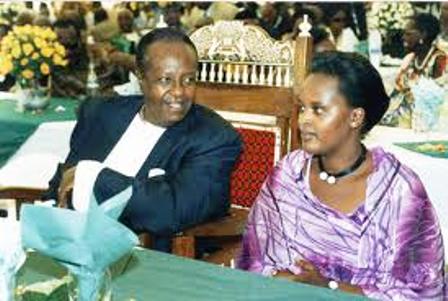
Banyankole People and their Culture in Uganda
This former kingdom is well known for its long-horned cattle, which were objects of economic significance as well as prestige. The Mugabe (King) was an absolute ruler. He claimed all the cattle throughout the country as his ownMORE>>
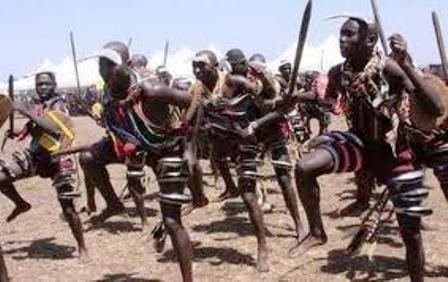
Masaba people and their Culture in Uganda
The Masaba, or Bamasaaba, are a Bantu people inhabiting the Eastern Ugandan districts of Sironko, Manafwa, Bududa,Mbale and BulambuliMORE>>
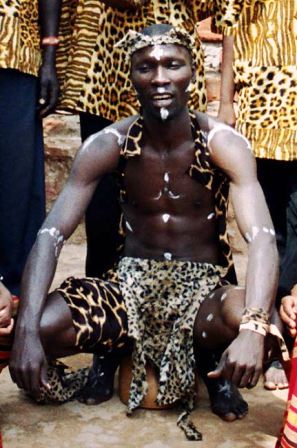
Madi people and their Culture in Uganda
According to one popular folk tale, the name Madi came as an answer to a question by a white man to a Madi man. When the first white person in the area asked the question 'who are you?', the bemused response was madi, i.e. a person.MORE>>
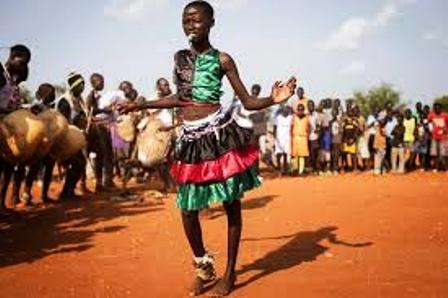
Lugbara People and their Culture
They speak the Lugbara language, a Central Sudanic language similar to the language spoken by the Madi, with whom they also share many cultural similarities.MORE>>
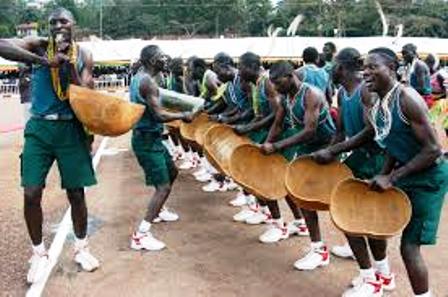
Lango people and their Culture in Uganda
In the past, the Lango were generally regarded as the residents of a rural hinterland and as people whose activities had little effect on the nation as a whole, but, since Uganda’s iMORE>>
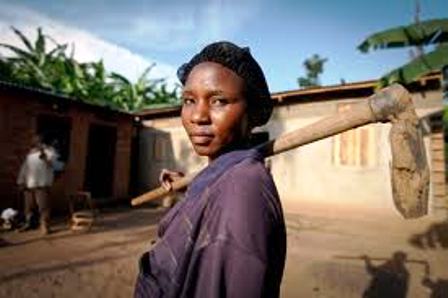
Bakiga People and their Culture in Uganda
The Kiga speak a Bantu language called Rukiga. They are sometimes referred to as the Chiga or Kiga, while the singular form is Omukiga.MORE>>
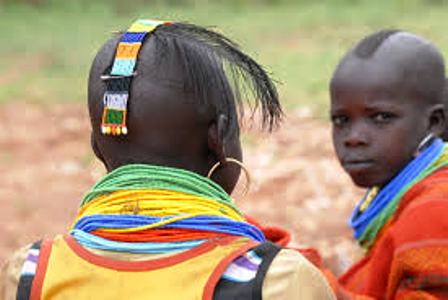
Karamojong people and their Culture in Uganda
The Karamojong or Karimojong, are an ethnic group of agro-pastoral herders living mainly in the north-east of Uganda.Their language is also known as Karamojong or Karimojong, and is part of the Nilo-Saharan language group.MORE>>
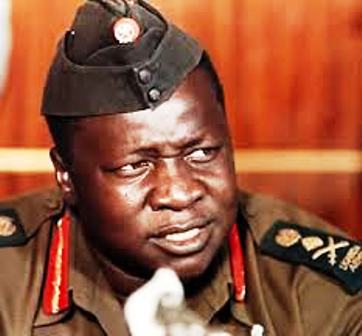
Kakwa People and their Culture in Uganda
They are part of Karo people (East Africa) which also includes Bari, Pojulu Mundari, Kuku and Nyangwara.Their language is also called Kutuk na Kakwa, itself an Eastern Nilotic language.MORE>>
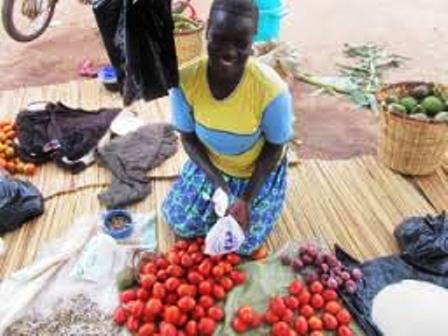
Kadam People and their Culture in Uganda
The Kadam people inhabit Mount Kadam in Nakapiripirit District in the Karamoja sub-region, located in north-eastern Uganda.MORE>>
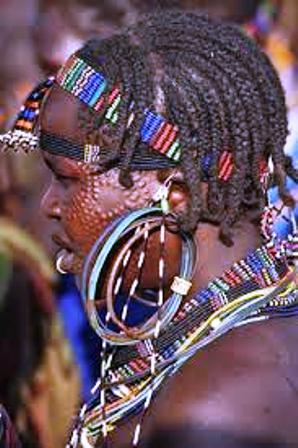
Jie People in Uganda and their Culture in Uganda
The Jie are an ethnic group of Uganda. They belong to the Karamojong Cluster, which also includes the Karamojong and Dodoth people.MORE>>
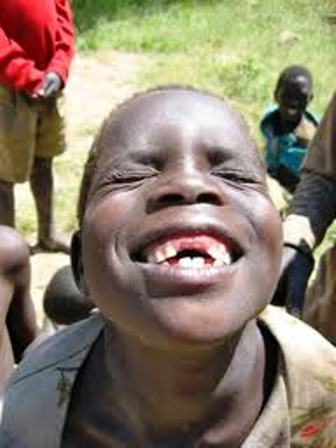
Ik people and their Culture in Uganda
The Ik (sometimes called Teuso, though this term is explicitly derogatory) are an ethnic group numbering about 10,000 people living in the mountains of northeastern Uganda near the border with Kenya, next to the more populous Karamojong and Turkana peoples.MORE>>
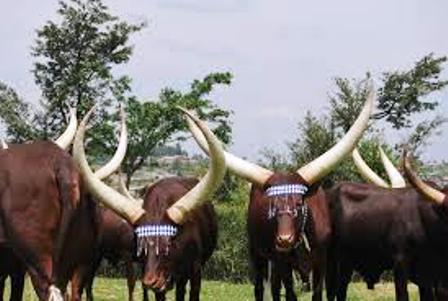
Bahororo people and their Culture in Uganda
Bahororo are the people of Mpororo – who lived in a short-lived Mpororo kingdom over most of south west (former) Ankole district, northern parts of Rwanda and parts of (former) Kigezi district.MORE>>
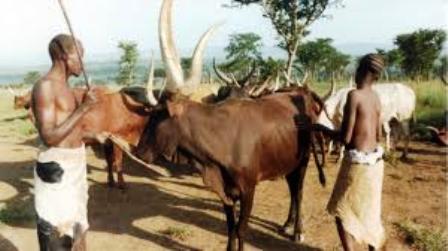
Hima People of Eastern Africa and their Culture
In recent history the name Hima indicates a sub-group of the Tutsi, originally a Cushite group from the Ethiopian highlands, who entered the area perhaps in the 1300sMORE>>
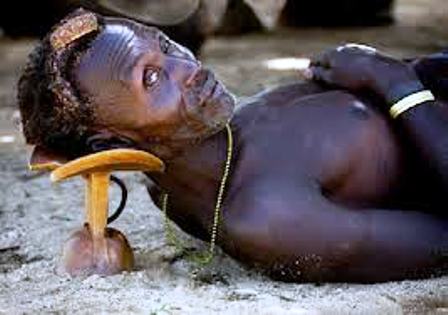
Dodoth people and their Culture in Uganda
The Dodoth live in Kaabong District in the northeast of Uganda, a region of semi-arid savannah, bush and mountains. Their tradition says that they arrived in their current area from the north.MORE>>
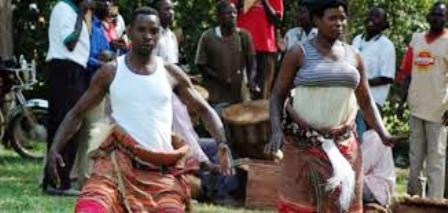
Busoga People and their Culture in Uganda
They occupy the region between Lake Victoria and Lake Kioga the present districts of Kamuli, Jinja and Iganga. They make up about 8 per cent of the population. Before the arrival of the Europeans, they had been subsistence farmers who also kept cattle, sheep, and goats.MORE>>
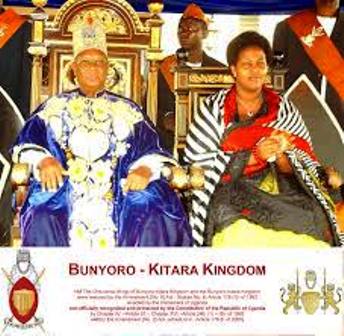
Banyoro People and their Culture in Uganda
The people of Bunyoro are also known as Nyoro or Banyoro (singular: Munyoro) (Banyoro means "People of Bunyoro"); the language spoken is Nyoro (also known as Runyoro). In the past, the traditional economy revolved around big game hunting of elephants, lions, leopards, and crocodiles.MORE>>
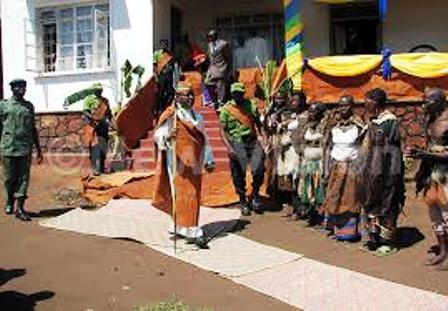
Bakonzo People and Their Unique Culture in Uganda
The Konjo (pl. Bakonjo, sing. Mukonjo), or Konzo, are a people located in the Rwenzori Mountains of southwest Uganda. Numbering 361,709 in the 1992 census, they live on the plains, hills and mountain slopes up to an altitude 2,200 meters.MORE>>
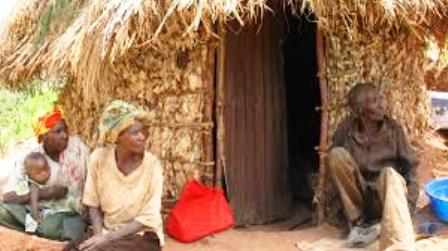
Batwa People or Pygmies and their Culture in Uganda
The Batwa, or 'Twa people are one of the last groups of short-statured people also known as 'pygmy' people, and until Bwindi Rainforest was gazetted as a National Park they lived a hunter gather lifestyle in the forest. They are now some of the poorest people in the world with a high infant mortality rate and low life expectancy.MORE>>
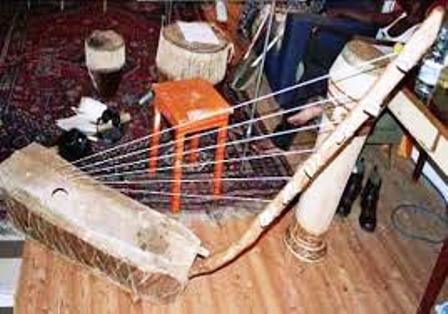
Basamia-Bagwe People and their Culture in Uganda
They can be traced in Tororo and Iganga districts. Some Basamia-bagwe clans claim connection to the Joluo of Kenya while the Bagwe claim that they are related to the Banyala.MORE>>
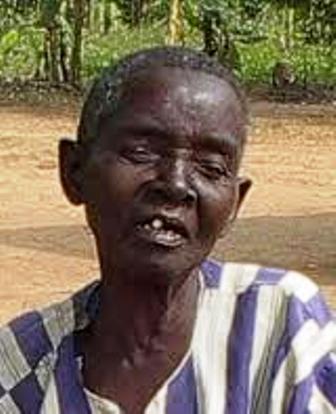
Banyole People and their Culture in Uganda
These people live in Bunyole County of Tororo district. They seem to be a sub-group of the Basoga but they are closely related to the Basamia Bagwe in customs, language and origin.MORE>>
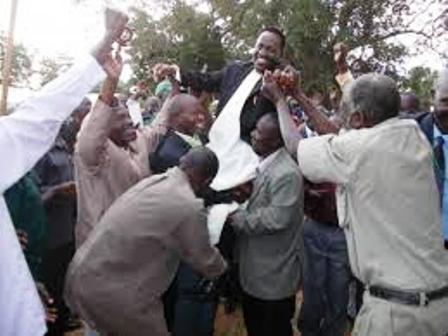
Bagwere People and their Culture in Uganda
The Gwere people, or Bagwere, are a Bantu ethnic group in Uganda. The Bagwere constitute an estimated 4% of Uganda's population. They live in the eastern Uganda, mostly in Budaka District, Pallisa District and Kibuku District, where they make up over 80% of the population.MORE>>
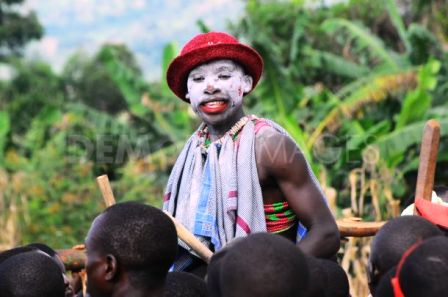
Bagisu People and their Culture in Uganda
The Gisu people, or Bagisu (people of Bugisu sub-region), alternately Gishu, Masaba, or Sokwia, are a tribe of the Masaba nation of eastern Uganda, closely related to the Bukusu people of Kenya. Bagisu live in the mainly in Mbale District of Uganda on the slopes of Mount ElgonMORE>>
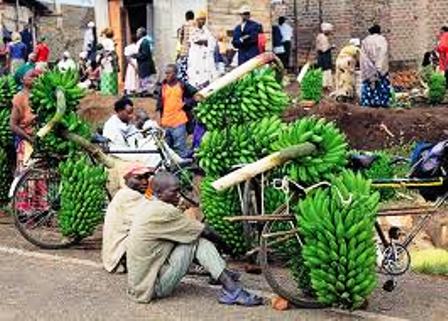
Baganda People and their Culture in Uganda
The Ganda are the largest of 43 ethnic groups living in Uganda. Their traditional land is located in a crescent-shaped are west, northwest and north ofLake Victoria in the districts of Rakai, Masaka, Kalanga, Mpigi, Mubende, Luweero, Kampala, and Mukono.MORE>>
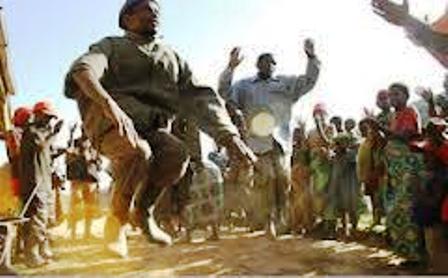
Bafumbira People and their Culture in Uganda
The Bafumbira are a group of people who make the modern Uganda.They live in the district of Kisoro in Southwestern Uganda.They are neighbours to Bakiga, Banyarwanda and Congolese. Those who inhabit Kisoro District in the extreme southwest of Uganda are called Bafumbira but in actual sense they are Banyarwanda because they practice the same culture.MORE>>
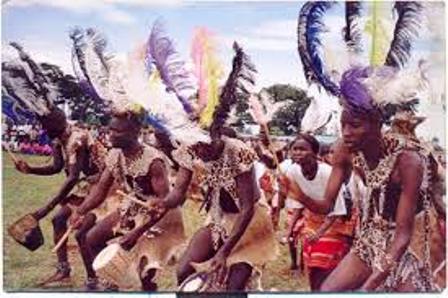
Ateker people and their Culture in Uganda
Ateker Ateker or ŋaTekerin is a common name for the closely related Jie, Karamojong, Turkana, Toposa, Nyangatom and Teso peoples and their languages. Itung'a and Teso have been used among ethnographers, while the term Teso-Turkana is sometimes used for the languages, which are of Eastern Nilotic stock.MORE>>
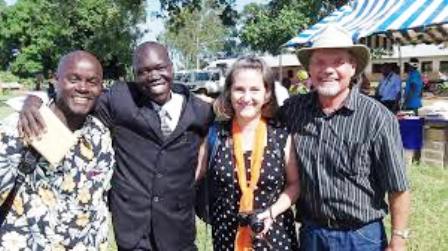
Aringa People and their Culture in Uganda
Aringa is an ethnic group in the northwestern corner of Uganda, north of Lake Albert. The majority live in the rural areas of Yumbe District just south of theSudanese border, and to a lesser extent in other areas of West Nile sub-region.MORE>>
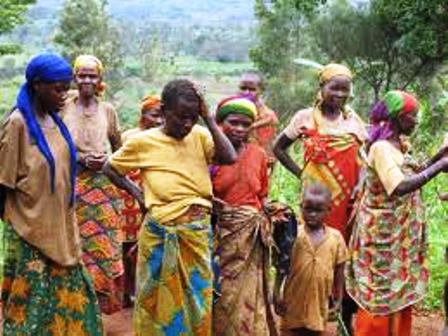
Bamba people and their Culture in Uganda
The Amba (pl. Baamba and known by various other names) are a people located in border area of the Democratic Republic of the Congo and Uganda south of Lake Albert in the northern foothills of the Rwenzori Mountains.MORE>>
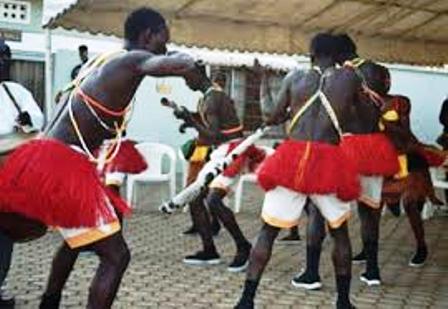
Alur people and ther Culture in Uganda
Alur are an ethnic group who live mainly in the Nebbi, Zombo, and Arua districts in northwestern Uganda, but also in northeasternDemocratic Republic of the Congo, north of Lake Albert. They are part of the larger Luo group, and their language is closely related toAcholi. Some Alur speak LenduMORE>>
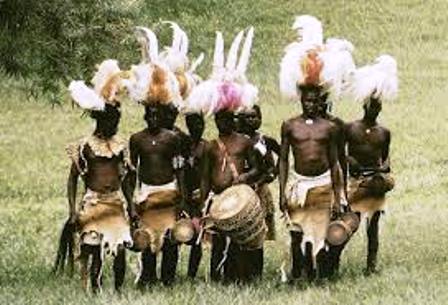
Japadhola People and ther Culture in Uganda
They are also known as Badama. The word “Badama” is a Kiganda and Kinyole version of the Dhopadhola (the language of the Jopadhola) word Widoma, a Jopadhola war cry which means you are in trouble.MORE>>
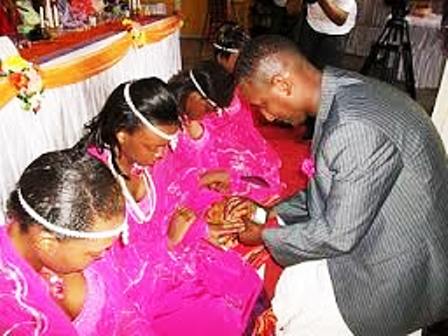
Toro People and their Culture in Uganda
Toro is one of the four traditional kingdoms located within the borders of Uganda. It was founded in 1830 when Omukama Kaboyo Olimi I, the eldest son of Omukama Nyamutukura Kyebambe III of Bunyoro, rebelled and established his own independent kingdom. Incorporated back into Bunyoro-Kitara in 1876, it reasserted its independence in 1891.MORE>>
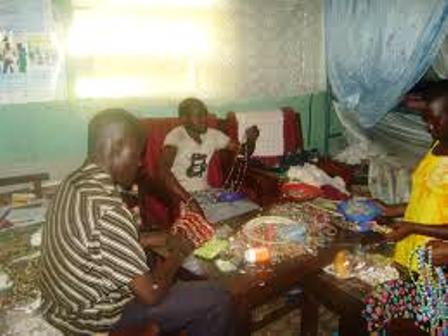
Kumam People and their Culture in Uganda
The Kumam belong to the Atekerin family together with the Langi, the Iteso and the Karimojong. This is the group of people which is often referred to as the Nilo-Hamites. They live in the western areas of Teso and south-east of Lango.MORE>>
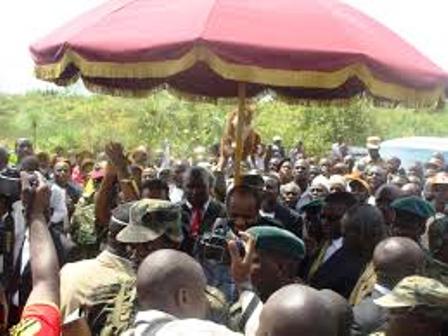
Baruuli-Banyara People and their Culture
The Baruuli-Banyala are a people of Central Uganda who generally live near the Nile River-Lake Kyoga basin. The people first settled in the northern part of Uganda, but later migrated to the western parts of Uganda to the Bunyoro kingdom as the king’s guards.MORE>>
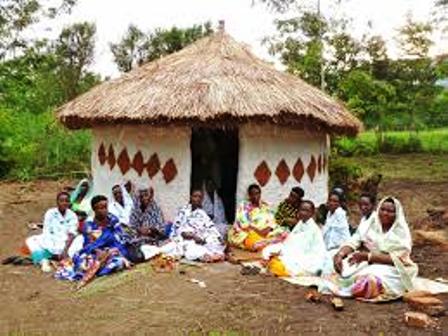
Songora People and their Culture in Uganda
The Songora or Shongora (pl. Basongora, sing. Musongora) also known as Hima/Huma/Hema) are a traditionally a pastoralist people located in Western Uganda and Eastern Democratic Republic of the Congo.MORE>>
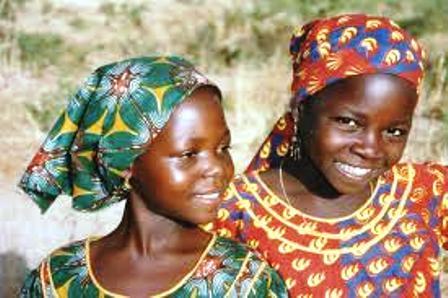
Sebei People and their Culture in Uganda
The Sebei or Sabiny (Sapiny) are people of Kalenjin stock living on the Uganda side of Mt Elgon. They are estimated to number 230000 and speak a Kalenjin dialect known as Kubsapiny. The Sabiny, like the rest of the Kalenjin, circumcise teenage boys and girls as a rite of passage.MORE>>
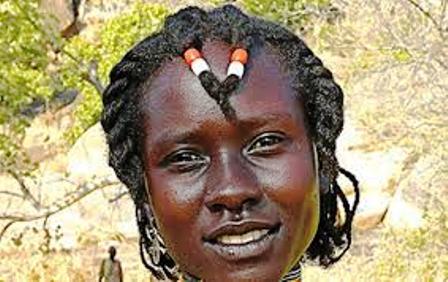
Nubi People and their Culture in Kenya and Uganda
The Nubians consist of seven non-Arab Muslim tribes which originated in the Nubia region, an area between Aswan in southern Egypt and Dongola in northern Sudan. For centuries, this territory was a crossroads between Egypt and the African tribal kingdoms.MORE>>
Recent Articles
-
Garam Masala Appetizers ,How to Make Garam Masala,Kenya Cuisines
Sep 21, 14 03:38 PM
Garam Masala Appetizers are originally Indian food but of recent, many Kenyans use it. Therefore, on this site, we will guide you on how to make it easily. -
The Details of the Baruuli-Banyara People and their Culture in Uganda
Sep 03, 14 12:32 AM
The Baruuli-Banyala are a people of Central Uganda who generally live near the Nile River-Lake Kyoga basin. -
Guide to Nubi People and their Culture in Kenya and Uganda
Sep 03, 14 12:24 AM
The Nubians consist of seven non-Arab Muslim tribes which originated in the Nubia region, an area between Aswan in southern
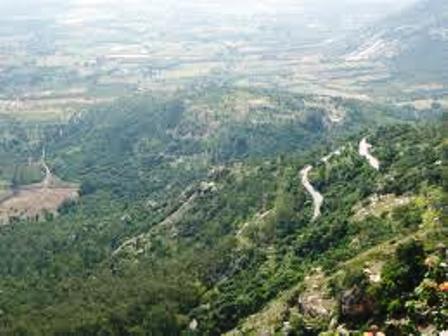
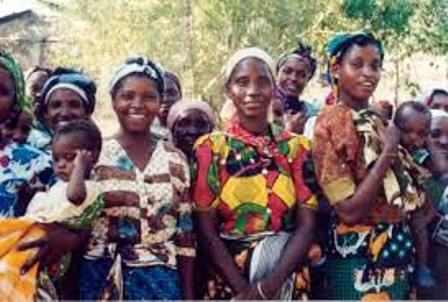







New! Comments
Have your say about what you just read! Leave me a comment in the box below.